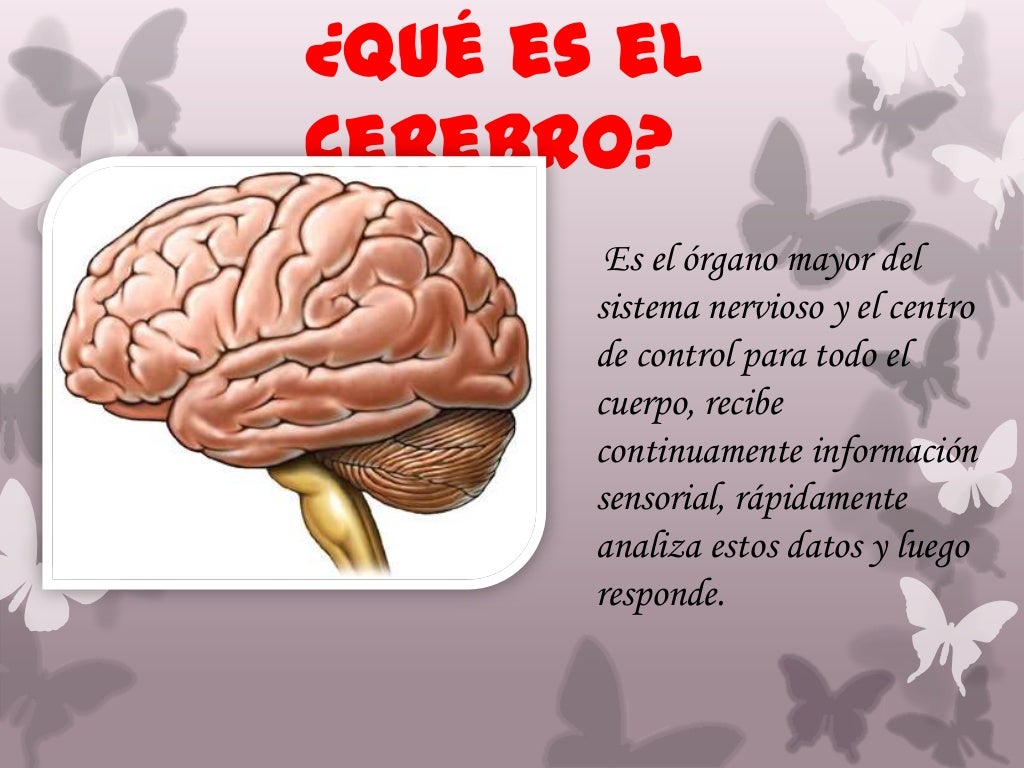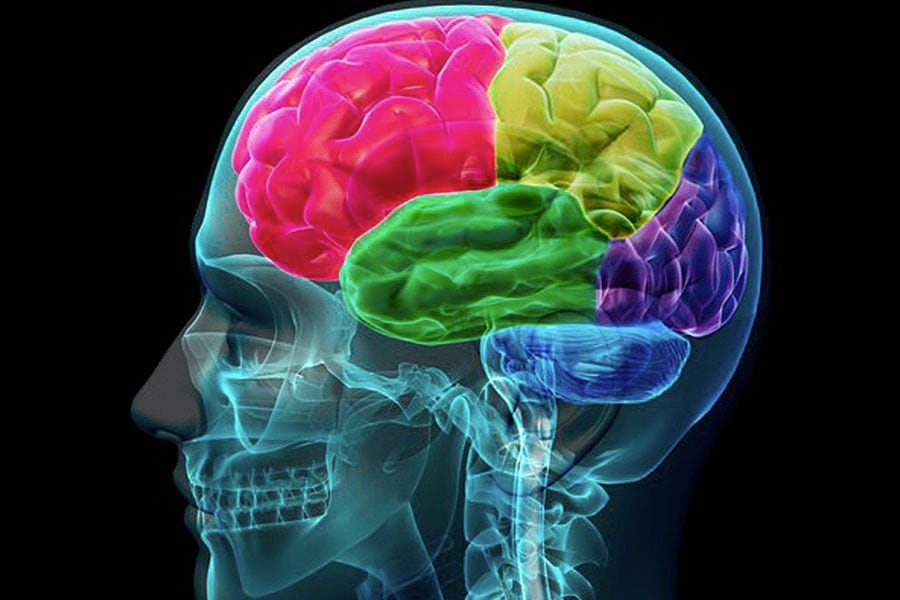

Alcohol Dependence During COVID-19 Lockdowns. Archives of General Psychiatry, 62(6), 617. Prevalence, Severity, and Comorbidity of 12-Month DSM-IV Disorders in the National Comorbidity Survey Replication. Molecular iology of Learning: Mmodulation of ransmitter Release. Current Drug Research Reviews, 11(1), 67–72. The Effectiveness of Group Spiritual Intervention on Self-esteem and Happiness Among Men Undergoing Methadone Maintenance Treatment. Coming Clean: Overcoming Addiction without Treatment. The Long-term Effects of Childhood Maltreatment Experiences on Subsequent Illicit Drug Use and Drug-related Problems in Young Adulthood.

Huang, S., Trapido, E., Fleming, L., Arheart, K., Crandall, L., French, M., Malcolm, S. Perspectives on Psychological Science, 10(2), 227–237. Loneliness and Social Isolation as Risk Factors for Mortality: A Meta-Analytic Review. Neurobiological and Psychiatric Consequences of Child Abuse and Neglect. The Organization of Behavior A Neuropsychological Theory. Living with Our Genes: With Their Matter More Than You Think. Uncertainty and Anticipation in Anxiety: An Integrated Neurobiological and Psychological Perspective.

Proceedings of the National Academy of Sciences of the United States of America, 101(21), 8174–8179. Dynamic Mapping of Human Cortical Development During Childhood Through Early Adulthood. Stigma: Notes on the Management of Spoiled Identity. Alcohol Stigma and Persistence of Alcohol and Other Psychiatric Disorders: A Modified Labeling Theory approach. Proceedings of the National Academy of Sciences of the United States of America, 102(47), 17245–17250. Newborns’ Preference for Face-relevant Stimuli: Effects of contrast polarity. Archives of Psychiatric Nursing, 30(5), 587–592. Social Functioning and Self-Esteem of Substance Abuse Patients. In American Pshychologist Association (pp. The Social Brain Hypothesis and its Implications for Social Evolution. Neural Correlates of Fear: Insights from Neuroimaging. Neural Correlates of Mystical Experience. Nature Reviews Disease Primers, 3(1), 17024. The Journal of Clinical Psychiatry, 67(02), 247–258. Lifetime Comorbidity of DSM-IV Mood and Anxiety Disorders and Specific Drug Use Disorders. Conceptualizing Recovery Capital: Expansion of a Theoretical Construct. The American Journal of Psychology, 25(2), 256. The Interrelations of Emotions as Suggested by Recent Physiological Researches. Archives of Gerontology and Geriatrics, 82(June 2018), 192–199. Stress and Perceived Social Isolation (loneliness). Loneliness: Human Nature and the need for Social Connection (1st ed.). How does the brain deal with the social world? NeuroReport, 15(1), 119–128. Social Cognitive and Affective Neuroscience, 2(2), 130–139. Adolescent Development of the Neural Circuitry for Thinking about Intentions. The Developing Social Brain: Implications for Education.

British Journal of Psychiatry, 159(JUL), 115–122.īlakemore, S. Early Sexual Abuse and Clinical Depression in Adult Life. Evolving Concepts of Emotion and Motivation. Archives of General Psychiatry, 10, 561–571.īerridge, K. Aprendizaje social y desarrollo de la personalidad (Vol. Molecular Mechanisms of the Memory Trace. European Archives of Psychiatry and Clinical Neuroscience, 256(3), 174–186. The Enduring Effects of Abuse and Related Adverse Experiences in Childhood: A Convergence of Evidence from Neurobiology and Epidemiology. El objetivo de esta revisión es discutir las evidencias del involucro del cerebro social y del cerebro místico en la integración de una persona a sus grupos de apoyo, así como la falla de estos sistemas en conseguir dicho objetivo, como factores de riesgo para desarrollar o mantener trastornos psiquiátricos y el TUS.Īnda, R. En cuanto a la pertenencia a grupos religiosos, la observancia de su liturgia contribuye al bienestar físico y mental de los creyentes, resultando importante para prevenir el TUS y en muchos casos para rehabilitar al paciente que lo solicita. La falla en esta integración, como ocurre debido a una crianza negligente o abusiva, y/o viviendo dentro una red de apoyo social deficiente, vulnera al sujeto a padecer el TUS. Postulamos que ambos sistemas contribuyen a facilitar la integración del individuo a sus grupos de apoyo, y dicha integración le permite evitar o controlar trastornos psiquiátricos, como el trastorno de uso de sustancias (TUS). El humano tiene un sistema cerebral que se activa cuando interacciona con otras personas que es el cerebro social, y otro cuando siente tener una experiencia mística que es el cerebro místico.


 0 kommentar(er)
0 kommentar(er)
